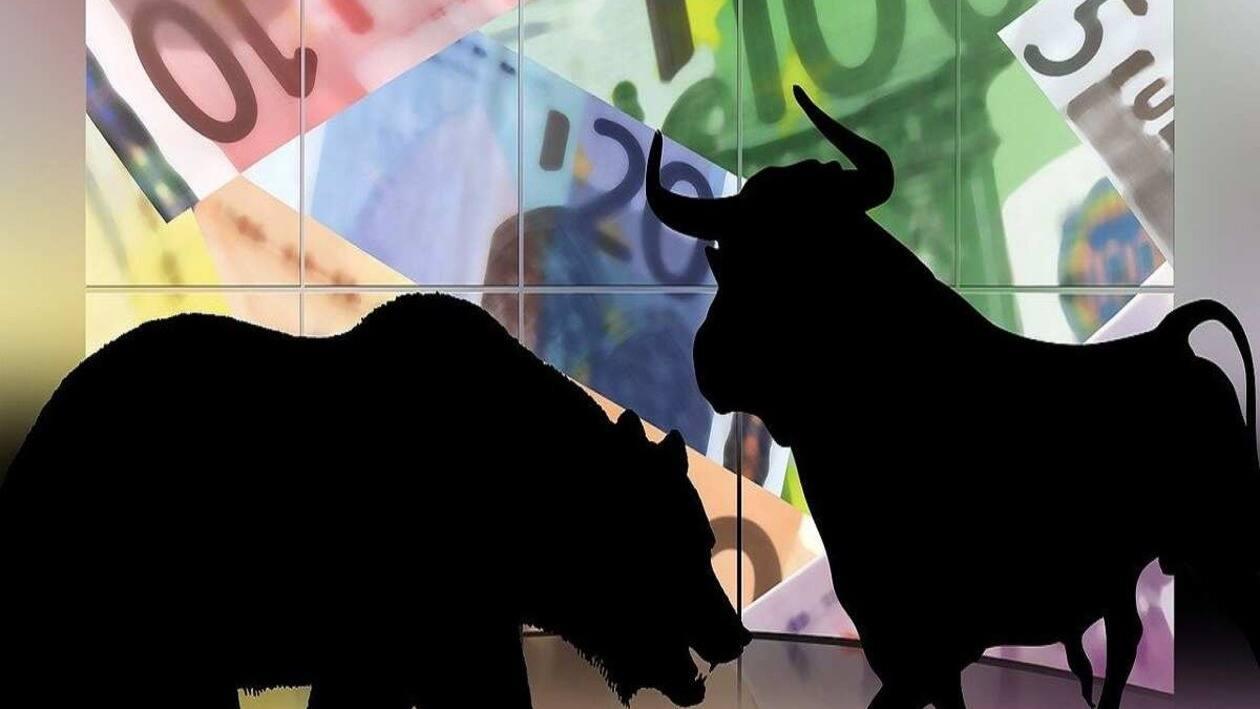BofA Securities believes with major macro events done, Nifty may trade within a range of 17,000-19,500, with 18,500 as its base-case target for the calendar year 2022 (CY22).
"Most macro events of CY22 have either played out or provide visibility. Besides, India has few local elections (only Gujarat, Karnataka among large states) until November 2023, providing a window for continued reforms," BofA said.
"While we expect further downside risks to earnings from spillover effects of weakening global macro and high base for Nifty profits for rest of FY23, it is unlikely to be steep near-term, given sharp correction in crude/commodities. In that context, we expect Nifty to trade within a range of 17,000-19,500, as positive/negative risks play out, with 18,500 as our base-case target for CY22," the brokerage firm added.
The brokerage firm underscored tailwinds such as correction in crude and commodity prices, low FII positioning, the potential for a fiscal surprise on stronger-than-estimated tax collections, 5G auctions & disinvestment revenues and potential for continued reforms which could elevate Nifty to the higher end of our estimated target band at 19,500.
It added that a mild recession in the US or muted global growth is now priced in. However, a sharp impact on global growth would lead to risk-off trade, impacting EMs.
Moreover, it said by December 2023, $3.1tn of quantitative tightening (QT) by central banks of major economies is now priced in, and its potential acceleration is a risk.
Besides, revival in China's economic growth and policies could impact FII flows toward India which is also a risk.
"China's weight within MSCI EM has come off from 43.2% in October 2020 to 31.1% now, India has seen its weight increase from 8.1% to 14.3% meantime. This could shrink India's valuation premium at 84% versus MSCI EM now versus 33% long-term average. Acceleration in geopolitical tensions continues to be a key risk. Nifty could drag to 17,000 if these factors play out," BofA said.
It said it continues to prefer domestic cyclical and defensives.
"Our Strategy skew continues to favour domestic cyclical (financials/industrials/autos) as India's economy is relatively well placed within emerging markets (EMs) and globally," BofA Securities said.
It said it also prefers defensives (utilities/healthcare) as a hedge towards volatile markets. We continue to be 'underweight' in external-facing sectors (IT/materials/energy). Consumer discretionary within domestic cyclical is our only 'underweight' given steep valuations, said the brokerage firm.
"We see six structural themes likely to play out within India over time: rapid infra ramp up, decarbonization, curtailed imports/exports step-up, opening govt. monopolies, improving tax compliance and digitization/financial inclusion," BofA said.
"These trends combined with continued reforms momentum have the potential to kickstart multi-year upcycles across capex, real estate, credit growth and start-ups and could create room for lower India's twin deficits, long-term. We hence remain constructive on markets long-term," the brokerage said.
Disclaimer: The views and recommendations are those of the broking firm, not MintGenie.
